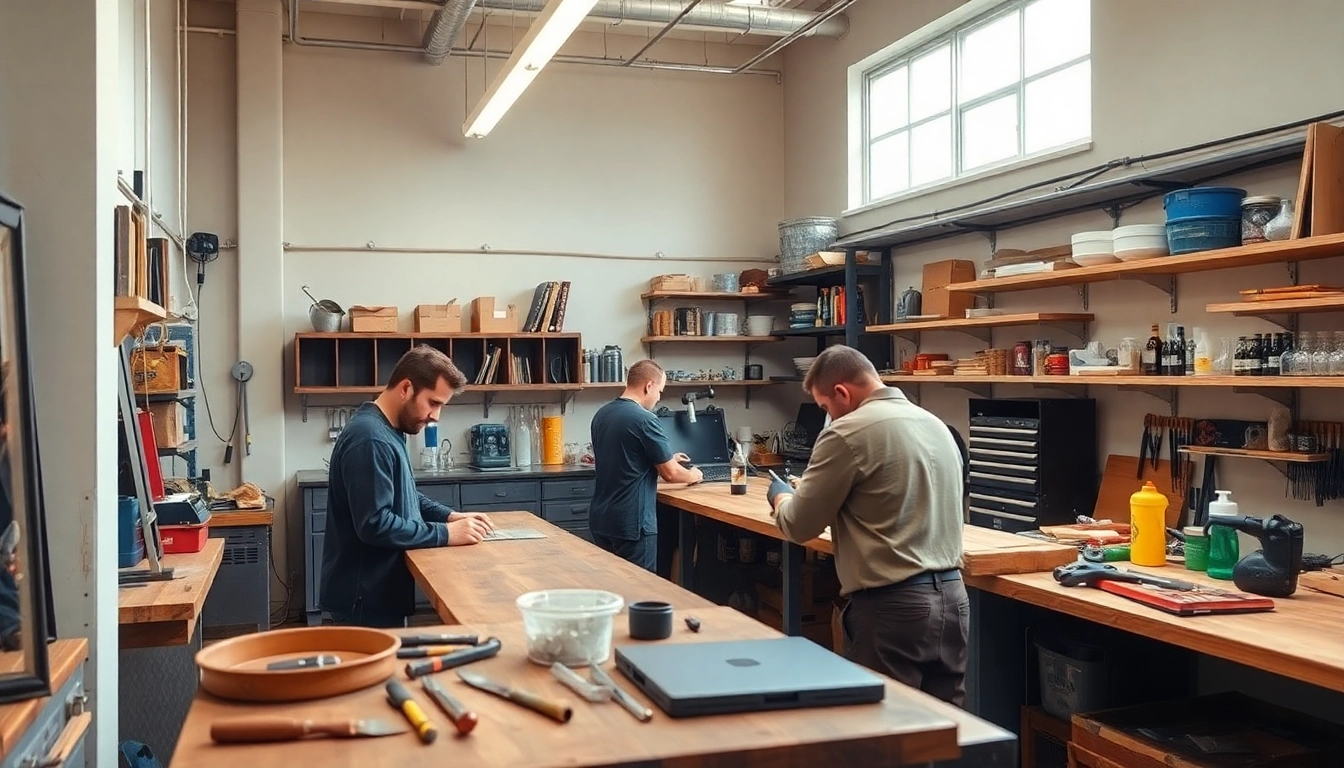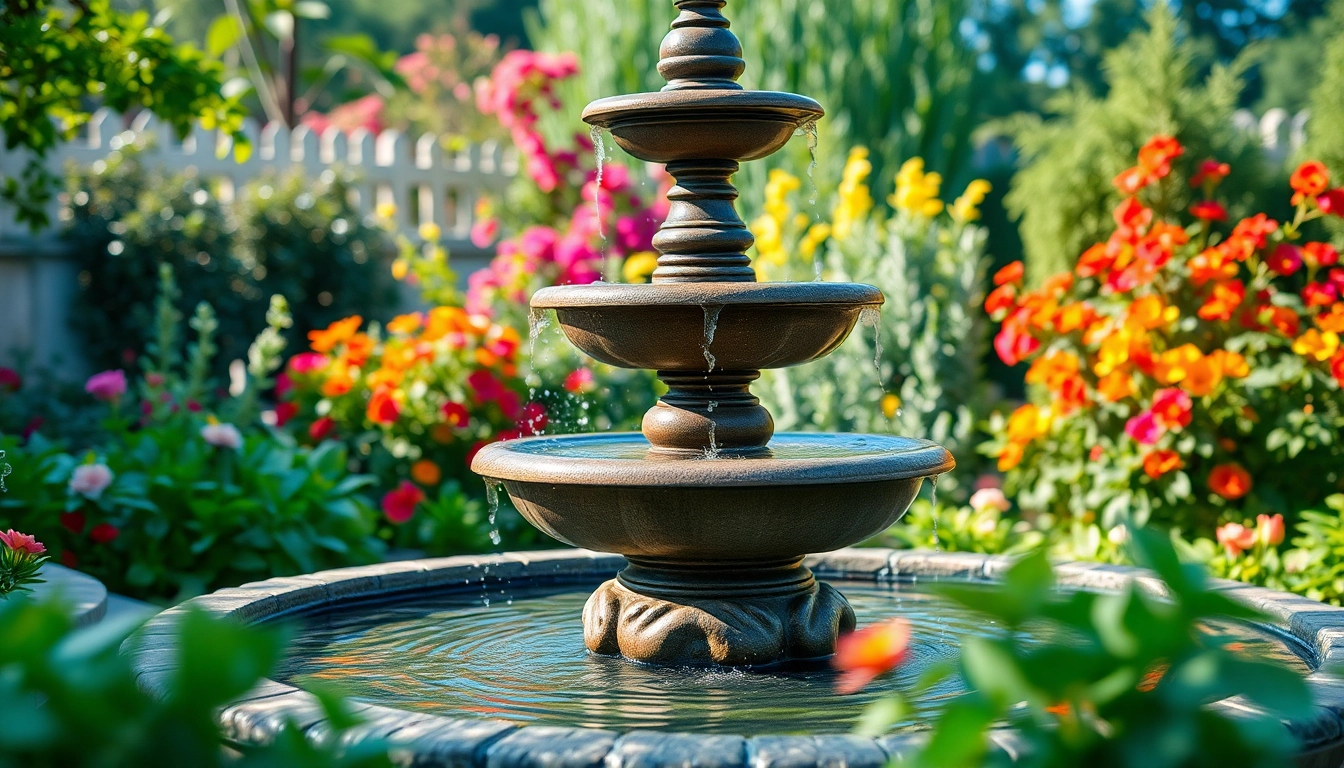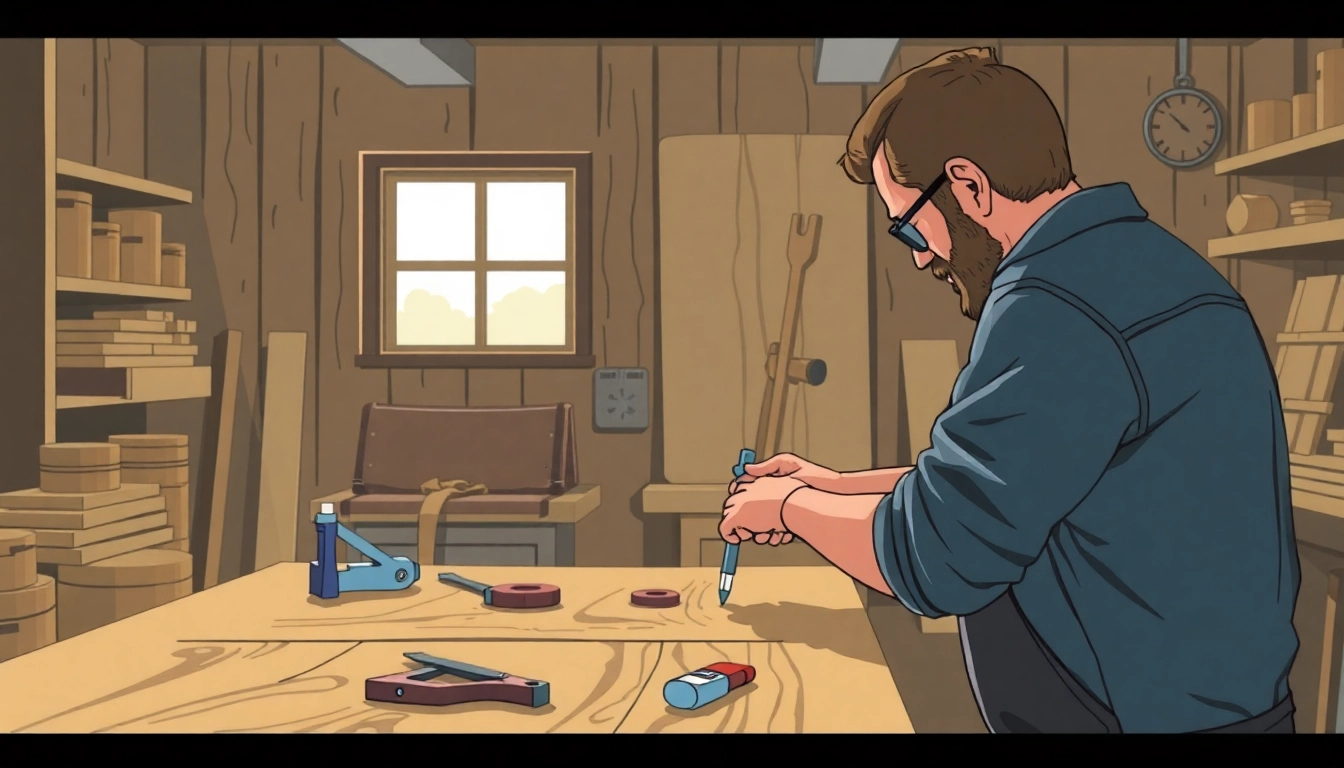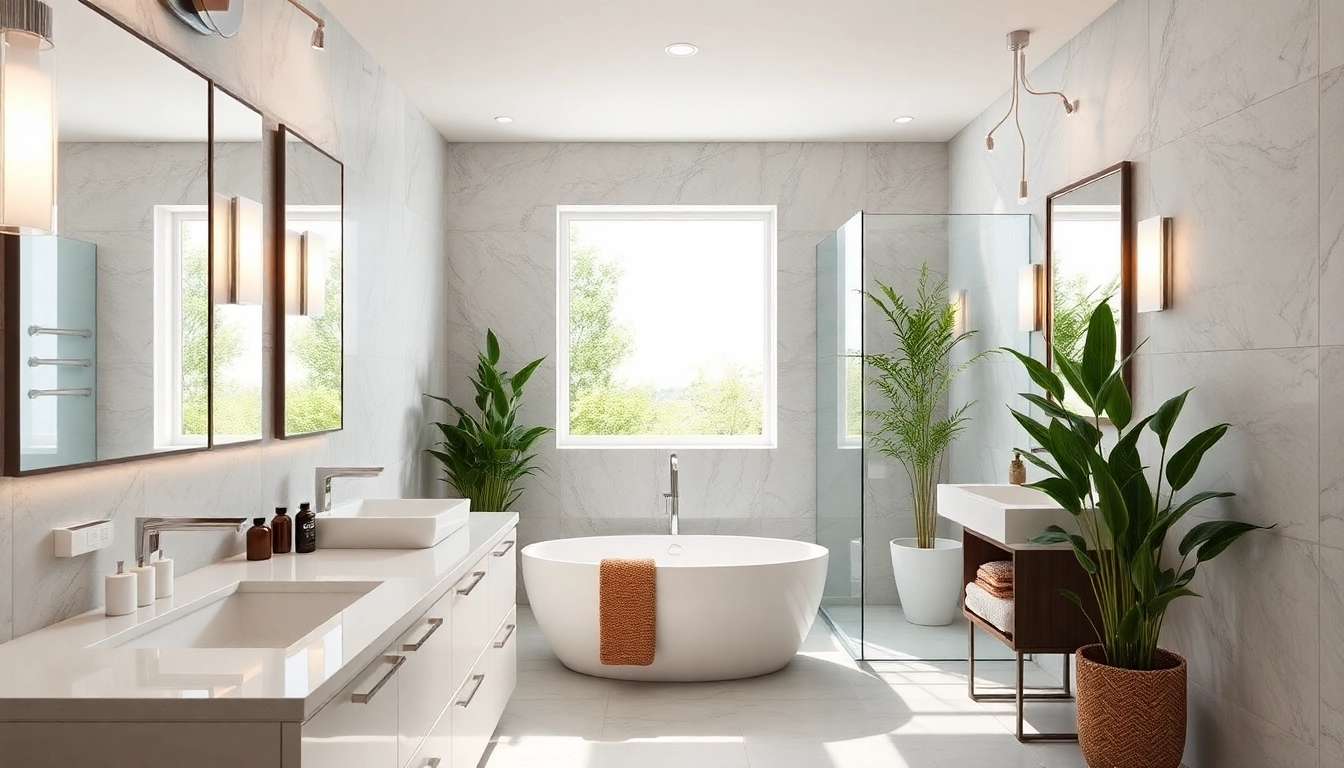Understanding Back Bar Repair
What is Back Bar Repair?
Back bar repair refers to the restoration and maintenance activities necessary for the structures and components of back bars commonly found in bars, restaurants, and commercial settings. Typically serving as storage and display areas for beverages, glassware, and bar tools, these back bars are integral to functionality and aesthetics in service areas. Over time, wear and tear can lead to various issues, necessitating repairs to uphold both operational efficiency and visual appeal. For effective back bar repair, it’s essential to understand the components and their functions as well as the common problems that can arise.
Common Issues with Back Bars
Back bars can encounter a variety of issues, including:
- Structural Weaknesses: Stresses from heavy bottles and equipment can lead to sagging shelves or instability.
- Water Damage: Poor drainage or spills can cause wood to warp or metal to rust, especially in damp environments.
- Cosmetic Damage: Scratches and dents from daily use can diminish the visual appeal of the back bar.
- Electrical Problems: If back bars incorporate refrigeration or lighting, issues with wiring or electrical components can arise.
- Unstable Components: Loose screws or damaged hinges in drawers or doors can affect functionality and ease of access.
The Importance of Quality Repairs
The significance of Back Bar Repair extends beyond mere aesthetics. Quality repairs can enhance the longevity of the fixture, ensuring it remains functional and safe for workers and patrons alike. Additionally, a well-maintained back bar contributes to the overall ambiance of the establishment, potentially influencing customer satisfaction and retention. Investing in professional repairs or undertaking quality DIY fixes can significantly reduce future expenses associated with extensive renovations or replacements.
Tools and Materials Needed for Back Bar Repair
Essential Tools for Back Bar Maintenance
Before embarking on back bar repairs, ensure you have the right tools at your disposal:
- Screwdriver Set: For tightening or replacing screws on hinges and handles.
- Power Drill: Useful for anchoring screws and fasteners securely.
- Hammer: For aligning or reshaping components gently.
- Measuring Tape: Critical for ensuring accurate measurements during repairs.
- Levels: To ensure that shelves and surfaces are properly aligned.
- Adhesives and Wood Glue: For solidifying joints or repairing wooden structures.
- Paint and Finishing Supplies: Essential for cosmetic repairs and refinishing damaged surfaces.
Recommended Materials for Effective Repairs
Choosing the right materials for repairs is equally vital. When repairing wood or metal back bars, consider the following materials:
- Wood Fillers: For filling holes or cracks in wooden surfaces.
- Rust Inhibitors: To prevent further corrosion on metal components.
- Paints and Sealants: High-quality products that match the finish and protect the surface.
Safety Tips During Repairs
Safety should never be overlooked during any repair activity:
- Wear Protective Gear: Include gloves, goggles, and dust masks to protect against injuries and exposure to dust and debris.
- Ensure Stability: Work on a stable platform and ensure that heavy items are securely positioned to avoid accidents.
- Follow Tools Manual: Read the instruction manuals for all tools to ensure safe usage.
Step-by-Step Guide to Back Bar Repair
Preparing for the Repair Process
Preparation is key to successful back bar repair. Start with the following steps:
- Assess the Damage: Carefully examine the back bar to identify all areas needing attention.
- Gather Tools and Materials: Ensure all necessary tools and materials are readily available.
- Clear the Area: Remove all items from the back bar to create ample workspace.
- Turn Off Power: If electrical components are involved, switch off power to avoid any shock hazards.
Executing the Repair: Tips and Techniques
Once you are prepared, proceed with the repair:
- Structural Repairs: For sagging shelves or loose components, tighten screws and add secondary supports if needed.
- Water Damage/ Repair: Sand and refinish warped surfaces and apply rust inhibitors to damaged metal.
- Electrical Work: If fixing wiring issues, ensure you follow electrical safety protocols and consult a professional if necessary.
- Refinishing: Use appropriate paints or sealants to finish repairs and restore the original charm of the bar.
Finishing Touches and Final Checks
After completing repairs, don’t overlook the final touches:
- Reassemble and Clean: Place all items back and clean surfaces thoroughly.
- Test Stability: Ensure all surfaces are secure and stable before use.
- Finalize Aesthetics: Touch up any cosmetic imperfections to enhance the overall look.
Cost Considerations for Back Bar Repair
Estimating Repair Costs
Cost estimation for back bar repairs can vary significantly based on the damage and materials used. It is prudent to consider:
- Material Costs: Prices will vary based on the quality and type of materials selected.
- Labor Costs: If hiring professionals, factor in their fees, which may depend on the extent of the repair and local rates.
- Time Investment: Your own time should also be considered if undertaking the repairs yourself.
Budgeting for Professional Services
When considering professional services for more extensive repairs, evaluating potential costs ahead of time is essential. Request estimates from multiple specialists, ensuring that you understand what is included in the services provided — such as labor, materials, and warranties on work performed. Budgeting wisely can impact the overall profitability of your establishment.
DIY vs. Professional Repairs: What to Consider
Deciding whether to undertake repairs yourself or hire professionals depends on several factors:
- Skill Level: Assess your own skills and experience in handling such repairs.
- Complexity of Damage: For severe structural issues, professional expertise might be required.
- Time Availability: Consider if you have the time to dedicate to a thorough repair. Quality repairs require time and patience.
Maintaining Your Back Bar Post-Repair
Regular Maintenance Tips
Once repairs are complete, ongoing maintenance is crucial to keep your back bar looking and functioning well over time:
- Inspect regularly for any signs of damage or wear.
- Clean surfaces frequently to prevent buildup that can lead to deterioration.
- Ensure that heavy items are evenly distributed to avoid undue stress on shelves and supports.
Signs Your Back Bar Needs Attention
Be proactive by recognizing signs that indicate your back bar might require repairs:
- Visible warping or sagging of surfaces.
- Loose or falling components such as shelves, doors, or drawers.
- Electrical issues, such as flickering lights or appliances not functioning.
Resources for Further Learning
To gain deeper insights and advanced techniques for back bar repairs, consider exploring the following resources:
- American Institute of Steel Construction for guidelines on structural integrity.
- Local workshops or courses offered by community colleges on carpentry or applied repairs.
- Online forums and tutorial videos that provide tips and expert advice on specific repairs.



